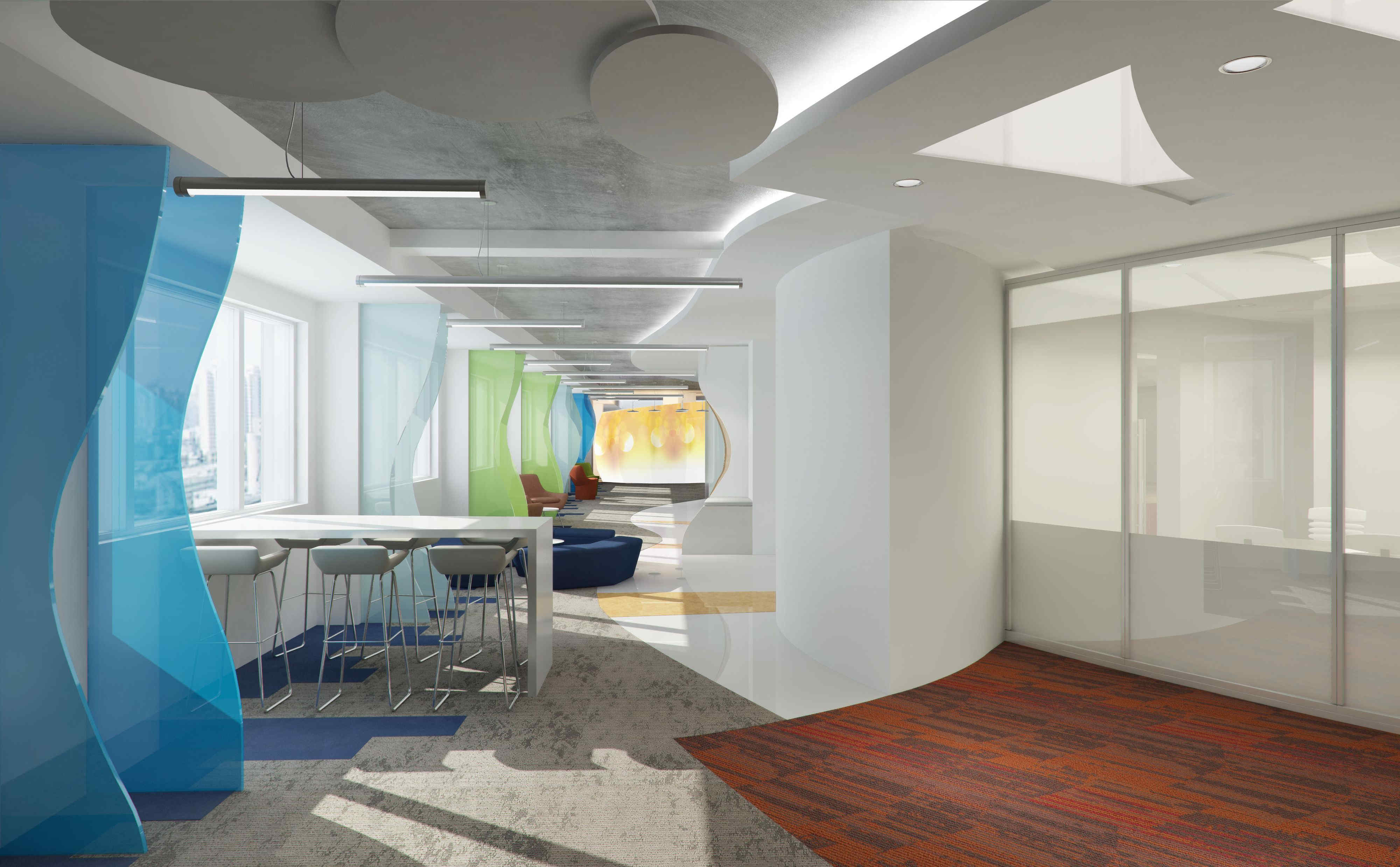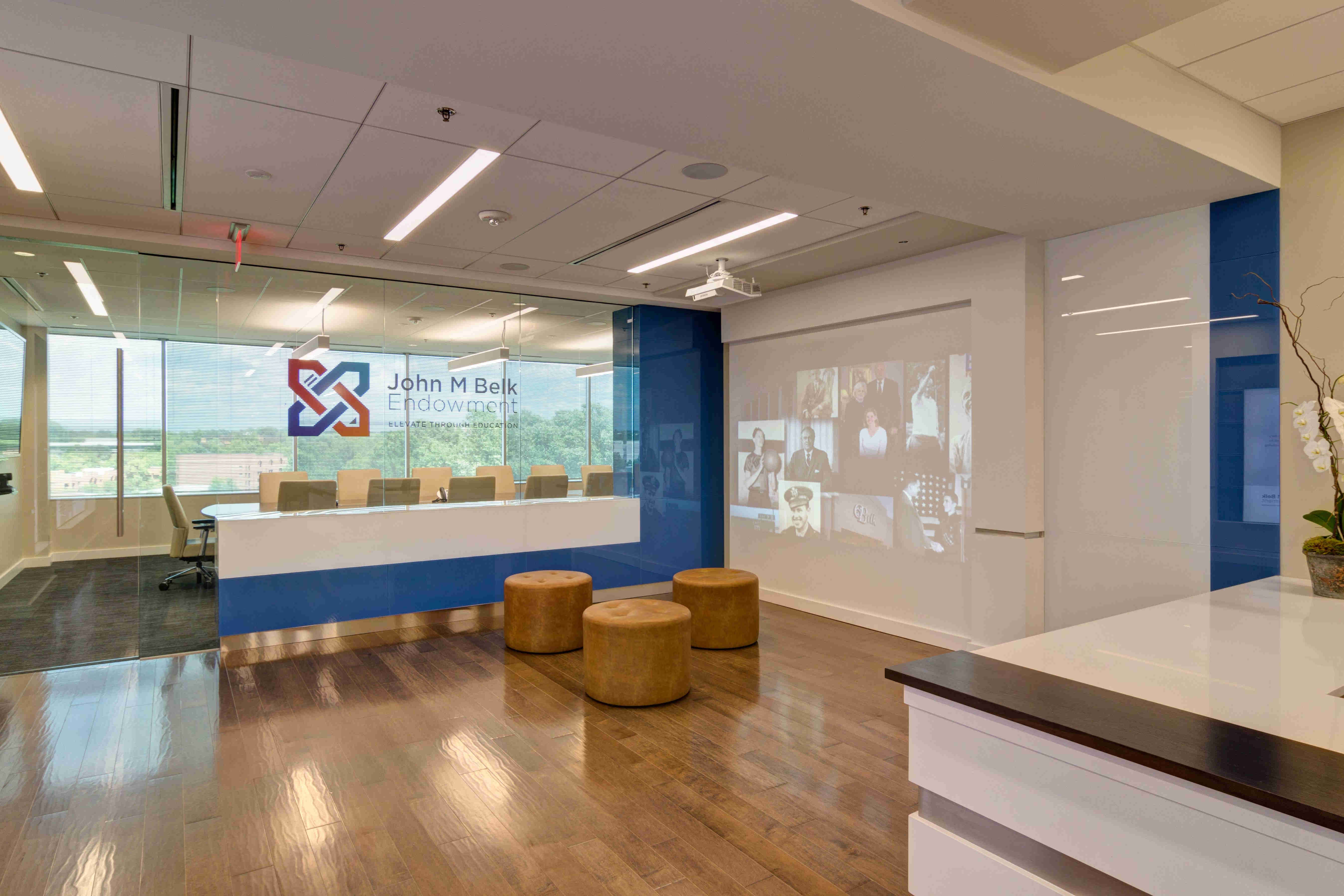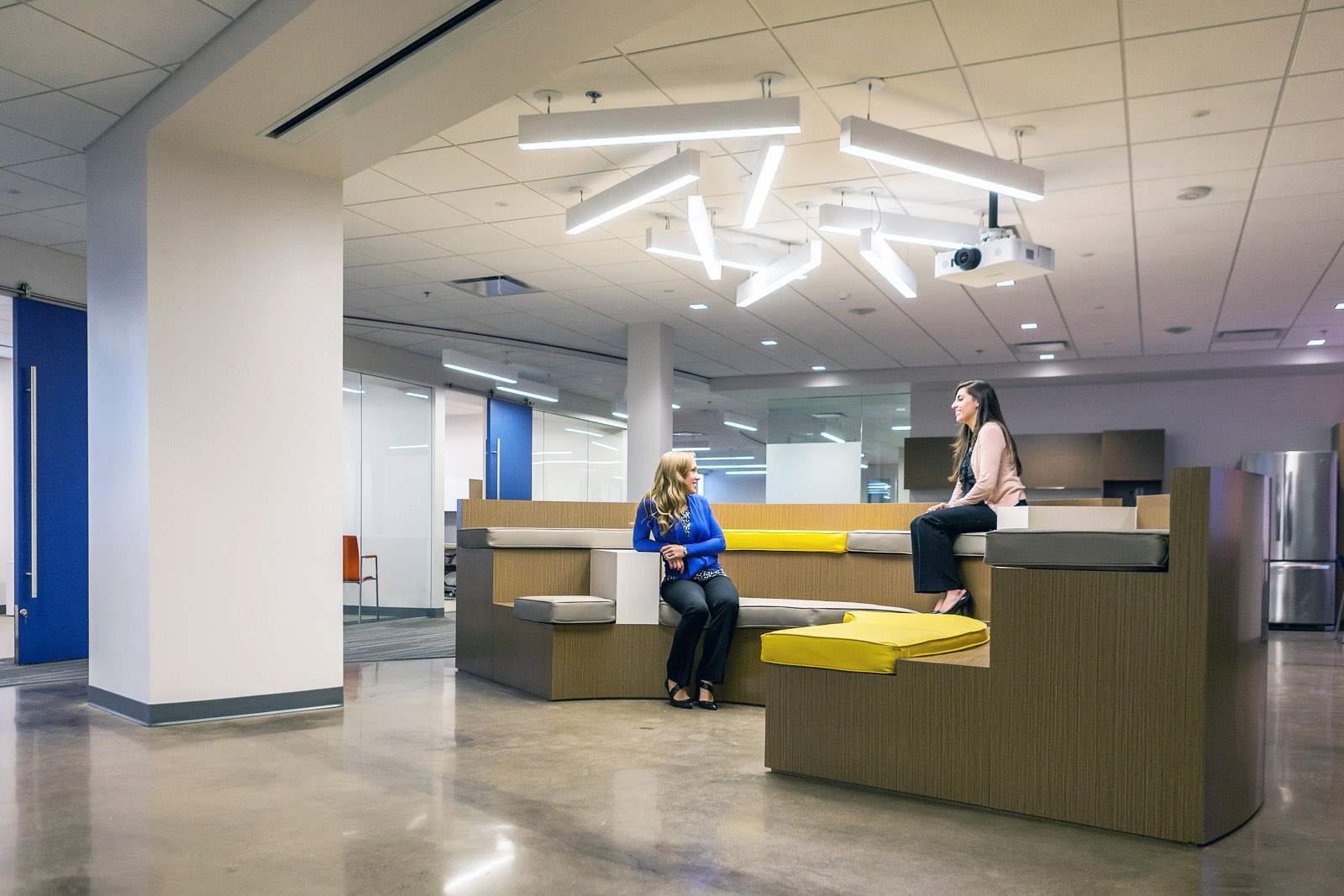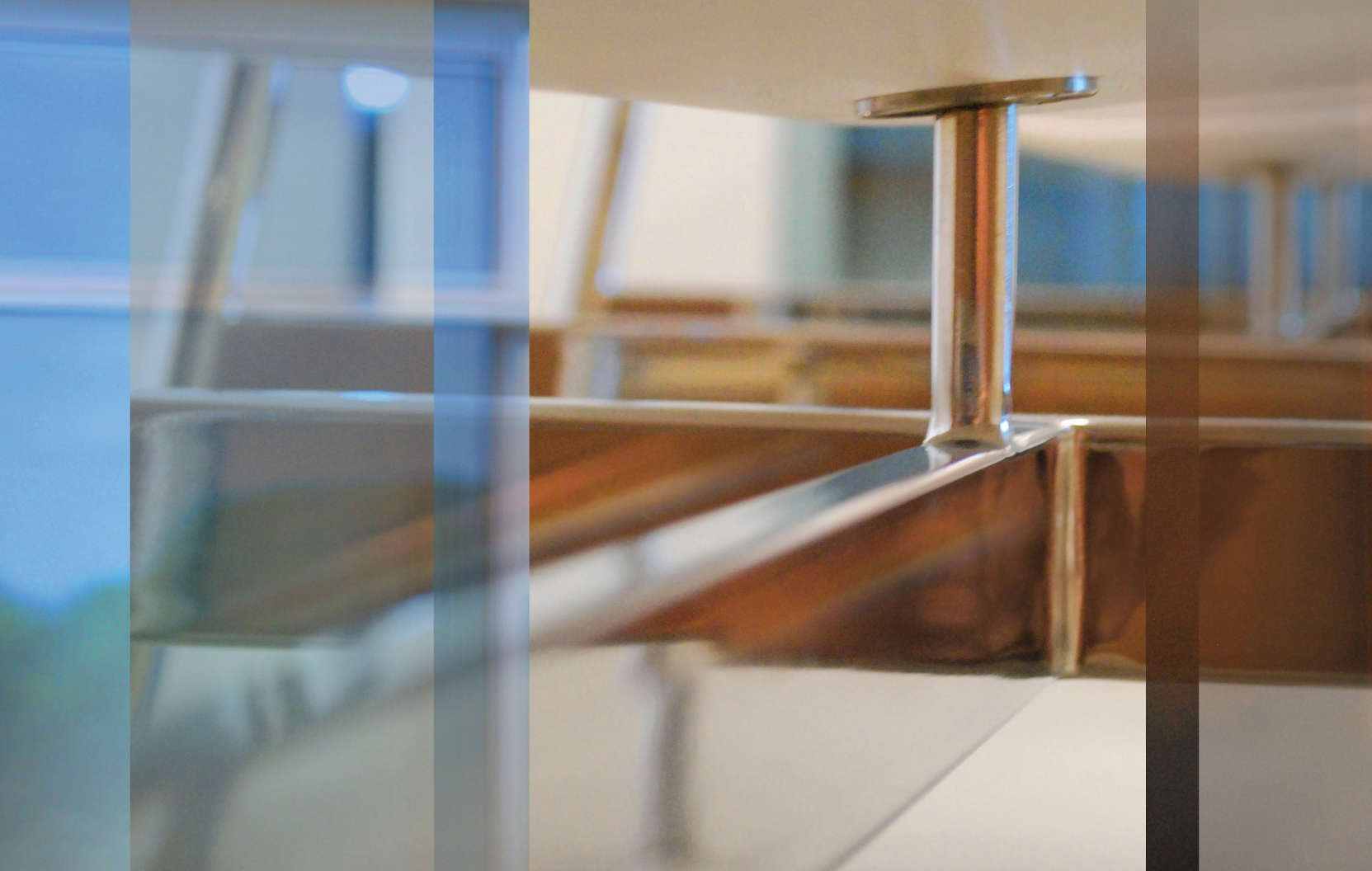By Enzo Marfella
Productivity used to be measured by how many hours employees spent physically sitting at their desks. The theory was that if they were at their desks, they were focused.
As it turns out, there’s very little evidence to support that notion. In fact, we have found that the more employees feel they are tied to their desks, the less engaged they are. That’s because how people get the most done is really as individual as they are. Some work best standing. Some work better in groups. Some need absolute quiet to focus, while others need the stimulus of music.

Today, we’re able to tailor the workplace to these many different needs through activity-based workplace design (ABW), which is a cost-effective approach to office space planning that has been proven to increase employee productivity and engagement.
The ABW environment provides a variety of experiences within the office setting by taking advantage of the mobility and flexibility modern technology affords us. By planning for individual quiet zones, semi-public zones and public-collaborative teamwork environments, ABW design allows the employee to choose an environment throughout the day that’s most appropriate for the task at hand. This approach accommodates all different personality types and generational preferences, while allowing the individual the freedom to choose an environment that enhances their performance.
Examples of these environments include:
- huddle rooms
- flexible conference rooms
- focus rooms
- stand-up wellness workstations
- touchdown spaces
- hot spots
- hoteling zones
- amphitheater-style collaborative spaces
- lounge connectors
- open lounge cafe areas
- varied posture seating
- telephone rooms
- ideation rooms
- multi-media rooms
- wellness exercise zones
- open office neighborhoods
- quiet zones

By providing activity-based zones, the notion of hard wall separations within the space is eliminated, creating a more transparent, connected and accessible environment between staff members of all levels in the organization. The work environment becomes a place to exchange ideas and share knowledge, fueling engagement so employee recruitment and retention remains high, and the space is efficient, progressive and connected.


